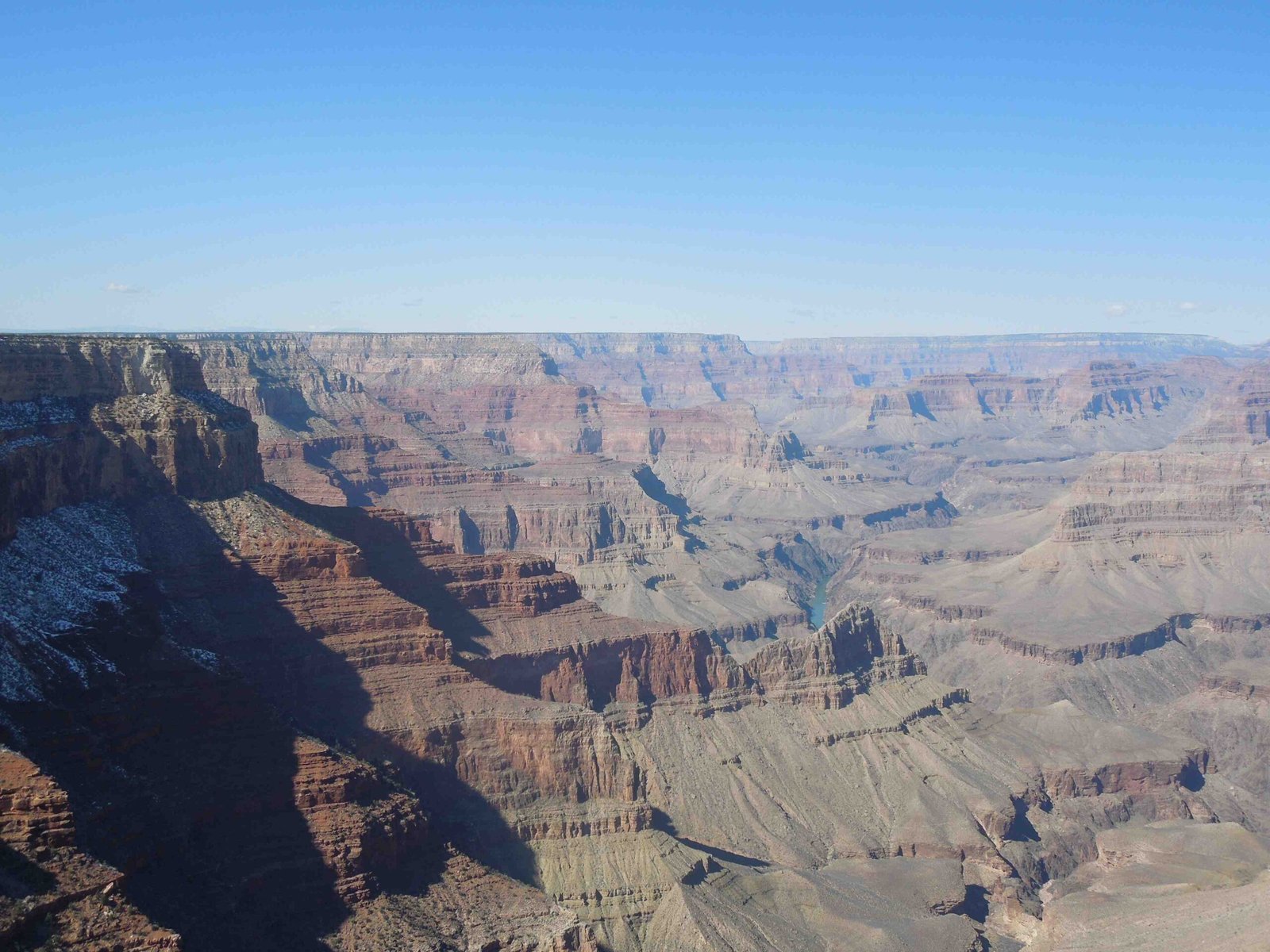The Colorado Plateau emerged as a geological marvel millions of years before the Grand Canyon’s formation, with its foundational rocks dating back nearly 2 billion years. This ancient landscape underwent complex tectonic processes, marine depositions, and uplift events that ultimately set the stage for the Colorado River’s dramatic carving of the iconic Grand Canyon. Understanding the intricate geological timeline reveals a story of gradual transformation spanning hundreds of millions of years.
What Geological Processes Shaped the Colorado Plateau?

The Colorado Plateau’s formation represents a complex narrative of geological evolution spanning billions of years. Let’s explore the key stages of its development:
When Did the Oldest Rocks Form?
The oldest rocks in the Colorado Plateau, known as Vishnu Basement Rocks, date back to 1,950-1,680 million years ago. These igneous and metamorphic rocks represent the foundational layer of this remarkable geological region.
| Geological Era | Key Characteristics | Time Period |
|---|---|---|
| Precambrian | Basement rock formation | 1,950-1,680 million years ago |
| Paleozoic | Marine sediment deposition | 541-252 million years ago |
| Mesozoic | Volcanic activity and sediment accumulation | 252-66 million years ago |
| Cenozoic | Plateau uplift and canyon formation | 66 million years ago – present |
How Did Tectonic Movements Influence the Plateau?
Several critical tectonic events contributed to the Colorado Plateau’s development:
- Laramide Orogeny: Uplifted the region as a single block during Late Cretaceous to Early Tertiary
- Plate Subduction: Farallon plate’s subduction caused significant regional deformation
- Lithospheric Drip: Uneven uplift and tilting occurred around 80, 35-15, and 5 million years ago
What Role Did Erosion Play in Landscape Formation?
Erosional processes were crucial in shaping the Colorado Plateau and Grand Canyon:
- Early Cenozoic: Initial river carving begins
- Late Cenozoic (8 million years ago): Significant downward cutting occurs
- Pleistocene (2.5 million – 11,700 years ago): Accelerated erosion due to climate changes
How Did the Grand Canyon Develop?

The Grand Canyon’s formation is a relatively recent geological event compared to the ancient Colorado Plateau. The Colorado River began carving the canyon approximately 5-6 million years ago, exposing nearly 2 billion years of geological history.
What Makes the Grand Canyon Unique?
- Length: Approximately 277 miles
- Width: Up to 18 miles
- Depth: Over a mile deep
- Geological Layers: Reveals rocks from Precambrian to Cenozoic eras
Why Is the Colorado Plateau Older Than the Grand Canyon?
The Colorado Plateau existed as a stable geological region for millions of years before the Colorado River began its erosional work. The plateau’s rocks predate the canyon’s formation by hundreds of millions of years, making the plateau significantly older.
Key Takeaways
- The Colorado Plateau’s oldest rocks are approximately 1.9 billion years old
- The Grand Canyon began forming around 5-6 million years ago
- Tectonic uplift and erosional processes created the current landscape
Conclusion
The geological story of the Colorado Plateau and Grand Canyon demonstrates the dynamic nature of Earth’s landscape, showcasing how ancient rock formations can be dramatically transformed over millions of years.

